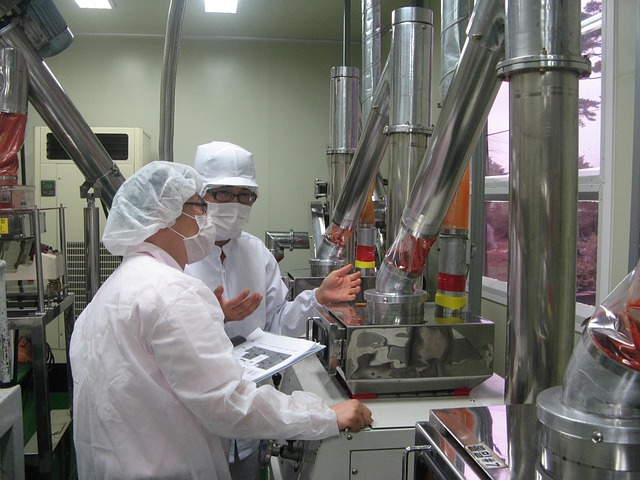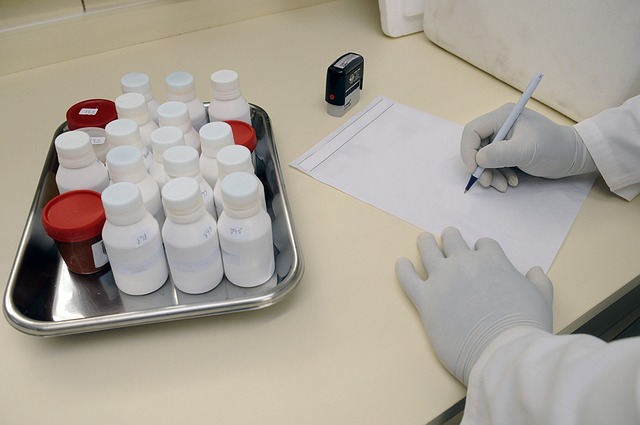In recent years, advancements in oncological screening have taken center stage in the battle against cancer. The relentless evolution of technology and health innovations has opened new pathways for early detection, which is crucial for improving patient outcomes. As individuals, we often grapple with the anxiety that comes with cancer diagnoses, making innovations in this field all the more significant.
Technological innovations in oncological screening are transforming how we identify and manage cancer risk. One of the most exciting breakthroughs is the development of liquid biopsies. Unlike traditional tissue biopsies, which can be invasive and painful, liquid biopsies analyze markers in the blood to detect cancerous cells or DNA. This non-invasive approach not only reduces physical strain but also enables frequent monitoring, which is invaluable for early detection and ongoing management.
Moreover, advanced imaging techniques such as AI-powered MRI and CT scans have significantly increased detection rates. Artificial intelligence algorithms can process thousands of imaging results, highlighting anomalies that might be overlooked by the human eye. This revolutionary step not only enhances the precision of oncological screening but also reduces the risk of false negatives, ensuring that patients receive the necessary interventions as early as possible.
In the realm of health innovations, patient-centric approaches are at the forefront of oncological screening enhancements. Wearable technology, such as smartwatches that track health metrics, offer the potential to identify pre-cancerous indicators. Imagine a world where your smartwatch signals fluctuations in your health, prompting timely screenings and personalized health advice. Such innovations are not only life-saving but also empower individuals to take an active role in their health journey, turning the stress of uncertain waiting periods into proactive management.
Telemedicine also plays an essential role in improving access to oncological screenings. Many patients, particularly those in remote or underserved areas, face barriers that prevent them from receiving regular screenings. Telehealth services now enable healthcare providers to conduct consultations, guide patients on screening options, and monitor their health from a distance. This paradigm shift not only expands access but also ensures that individuals can seek help without the often-daunting burden of travel and time off work.
Lastly, education and awareness campaigns have also seen innovation, fostering a culturally competent approach to oncological screening. Tailored outreach efforts are essential in breaking down barriers related to stigma and misinformation. By utilizing social media platforms, podcasts, and community-based education, health organizations strive to demystify cancer screenings and encourage participation among diverse populations. Public health messaging that resonates with people’s lived experiences enhances the understanding and importance of early detection, ultimately saving lives.
As we stand on the brink of this exciting era in oncological screening, the combination of technology and health innovations inspires hope and empowerment. From non-invasive testing methods and advanced imaging techniques to personalized healthcare approaches and innovative public outreach, the future of cancer screening is burgeoning with possibilities. Each advancement not only strives to revolutionize diagnostic practices but also seeks to alleviate the fear associated with cancer, offering a profound sense of assurance that support and solutions are within reach.




